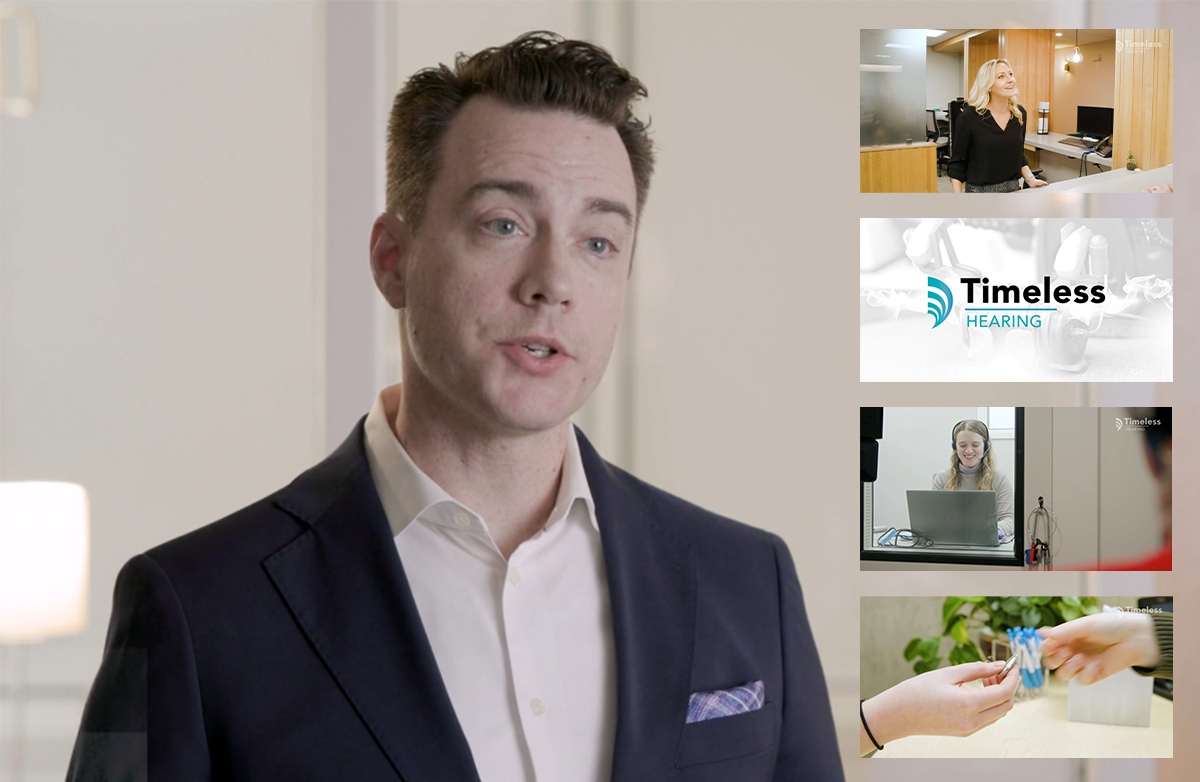
Andy Deutch | Vice President, Advance Insights | Advance Digital Inc.
Many companies underutilize or completely ignore one of their most valuable marketing assets – their customer relationship management file (CRM). Although the data content varies from company to company, many CRM files contain a rich transaction history, showing the items purchased, purchase dates, prices and margin at the individual customer level over extended time periods. If used properly, the CRM file can be used to develop optimized marketing strategies to deepen relationships with customers, maintain and increase the value they produce for the company, and provide strategic insights that can be used to identify and target highly desirable prospects.
What do successful companies do to accomplish these objectives? Let’s consider a retail jewelry store as an example. The CRM file was analyzed to identify the value of the store’s customers. Value-based segments were identified and profiled using demographic and lifestyle data overlays, providing store managers with “personas” for each group that provided insights on what products to feature, whom to reach out to for special occasions and more. Think of the marketing environment for this retailer as an archery target in which the bullseye contains current customers, their detailed purchase behavior, and their personas. It is the bullseye because it contains perfect – or near perfect – information and is highly valuable. The concentric rings surrounding the bullseye contain prospects – people whose attributes match those of customers but have not yet purchased from the retailer. Other factors, such as distance from the location, will determine how far from the bullseye each prospect is, and the distances can be determined by “scoring” equations.
Two other important factors emerged from the analysis. Because the file has a long history, and because customers’ relationships with retail jewelers may last for decades, analytics can be used to view customer histories retrospectively. That is, what were their attributes when they made their first purchase, and what was the sequence of products purchased. For example, some customers may have started with an engagement ring, or a bracelet, or cufflinks. Price levels of purchases may have remained stable over time or increased as customers’ incomes rose. Based on this type of analysis, retailers are able to develop insights that help them to serve their current customers better and find prospects to help their businesses grow.

Andy Deutch | Vice President, Advance Insights
Advance Digital, Inc.




